When Digital Borders Fail: What Indochina’s Crossfire Teaches the Rest of Us


Donny Chong
Nexusguard

Share to:
In recent weeks, two distinct but related incidents across the Indochina region have underscored an uncomfortable truth: when physical and political borders heat up, the internet becomes one of the first—and most vulnerable—casualties.
While the headlines may focus on diplomatic tension or troop movements, the reality for businesses, citizens, and critical service providers is far simpler: connectivity is fragile, and disruption doesn’t need a reason to hit you.
Two Stories, One Pattern
- In late May, multiple waves of DDoS attacks struck two enterprise networks in Southeast Asia, clocking over 100 incidents in just 24 hours. The largest hit exceeded 5 Gbps, with one lasting nearly 9 hours. These weren’t random. They were synchronized with a series of online skirmishes between hacker groups from Vietnam and Cambodia, reflecting broader social tensions.
Screenshots
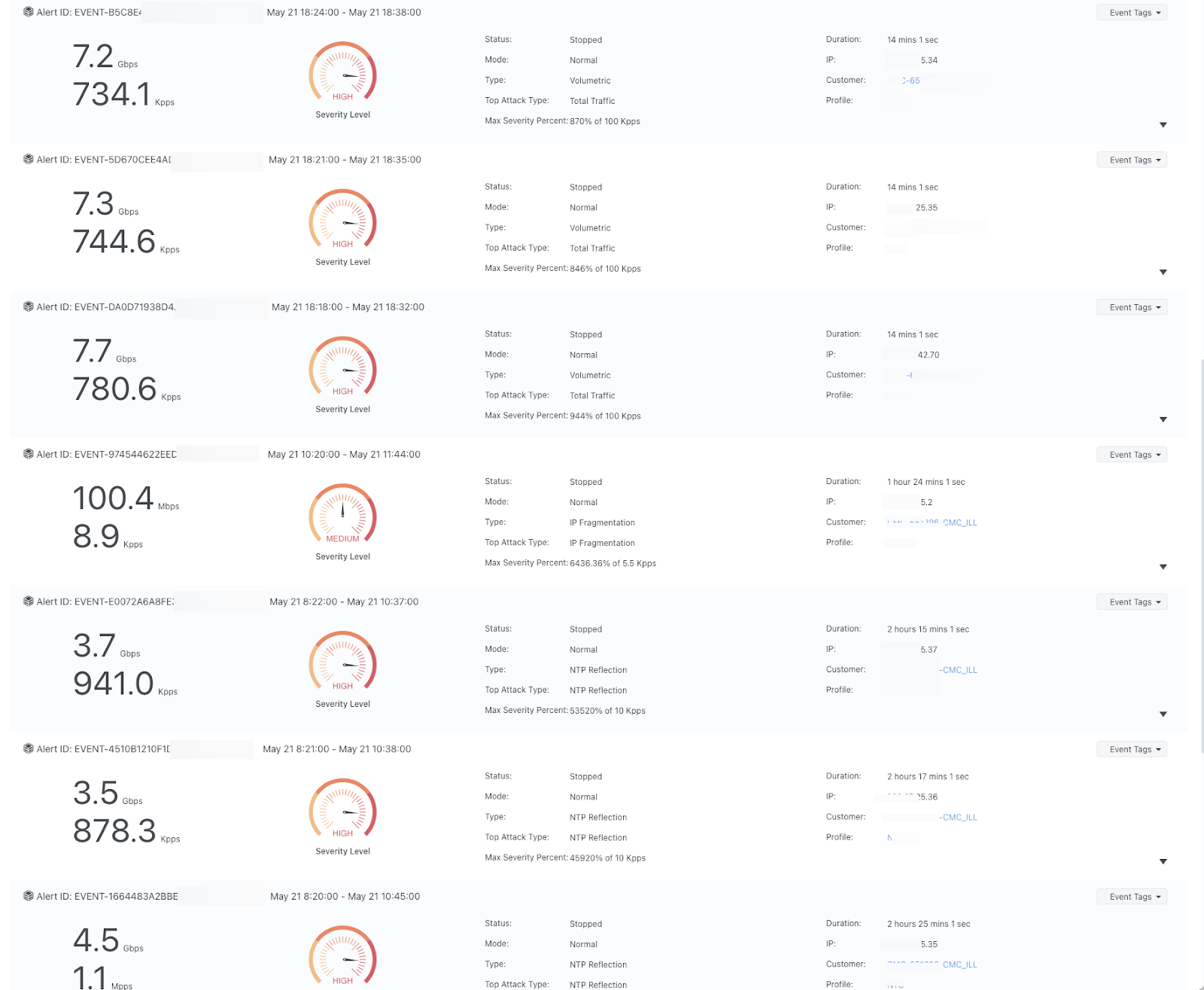
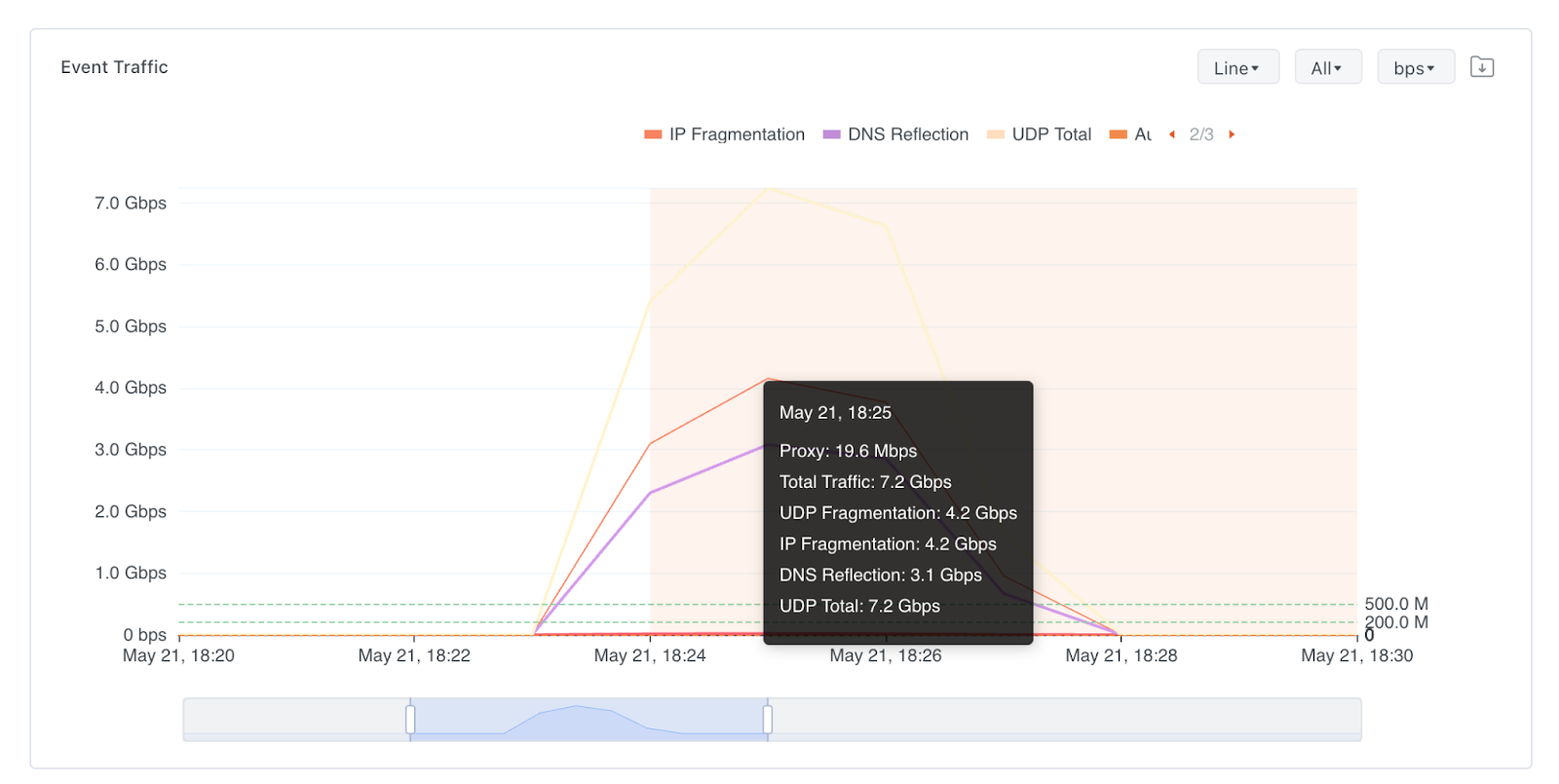
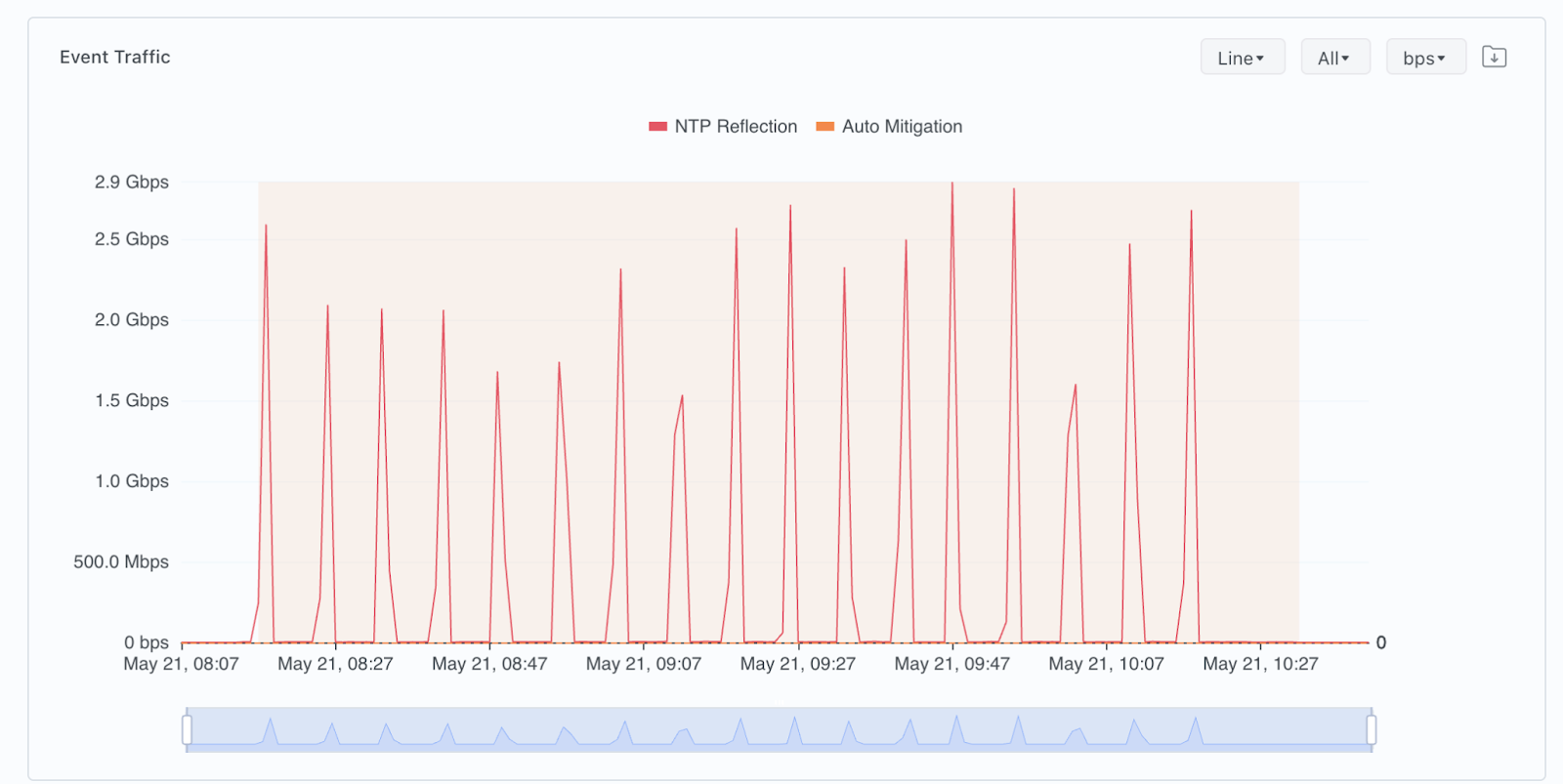
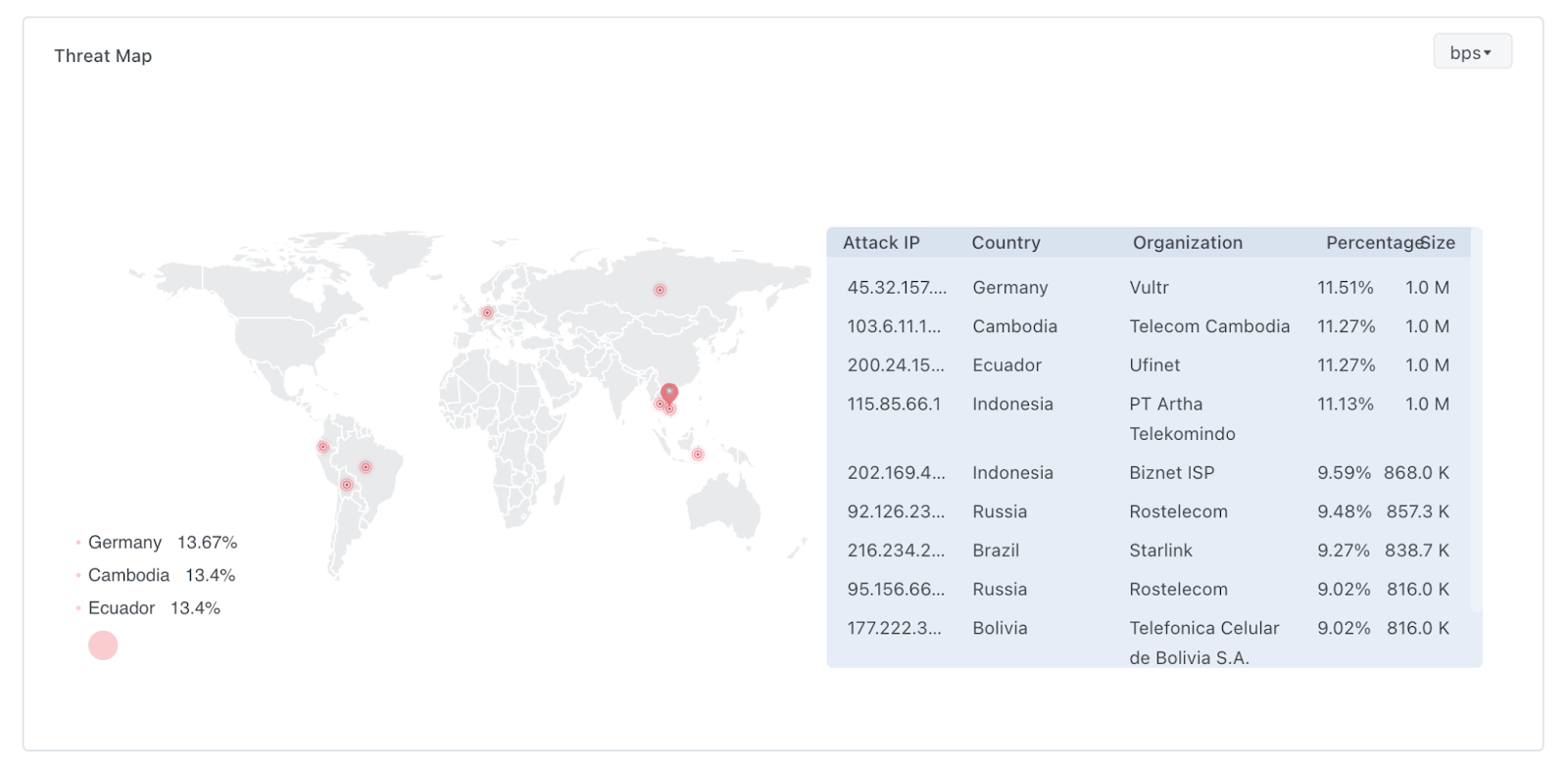
- Days later, border tensions between Thailand and Cambodia escalated offline and online. Amid military clashes, Thai officials publicly floated cutting off electricity and internet lines to Cambodia as a national security measure. In return, Cambodian hacktivists launched attacks against Thai government websites. While the politics made headlines, it was the networks, apps, and services powering real life that suffered in silence.
Together, these incidents reflect a larger pattern: cyberspace is now part of the battleground—and critical infrastructure is often where the first collateral damage occurs.
It’s Not Just About Cyberwarfare—It’s About Continuity
The lesson here isn’t that every country is under cyberattack. It’s that even regional tension can ripple across borders, through cables, and into core infrastructure—without ever being declared an act of war.
Who gets caught in the middle?
- Banks trying to serve rural populations
- Hospitals reliant on stable cloud access
- Mobile carriers connecting millions of users
- Enterprises running online platforms or remote branches
- Everyday people, whose lives depend on digital continuity
When connectivity becomes a pawn, it’s not just geopolitical sovereignty at stake—it’s economic stability, social cohesion, and access to services.
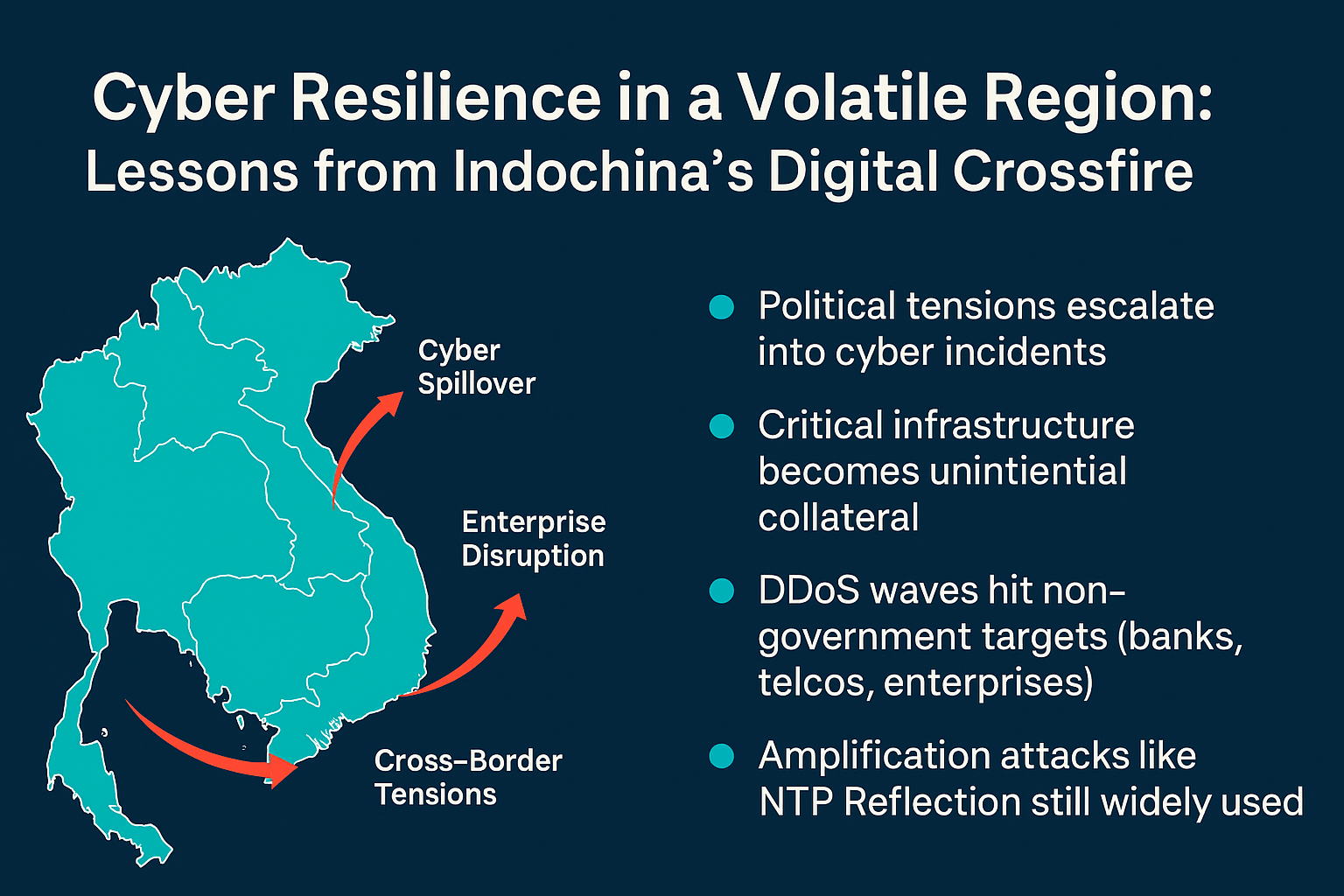
The Threats Are Old. The Context Is New.
The attacks we’ve seen relied on amplification techniques like NTP reflection—tools that have been around for years. But what’s changed is the environment:
- More of our lives depend on always-on infrastructure
- Tensions between nations or groups can erupt overnight
- Hacktivist groups have become proxies for broader unrest
- Digital retaliation often targets symbolic infrastructure — a government site, a telco, a payment gateway
And most importantly: neutrality doesn’t guarantee immunity. You don’t have to be a government agency or news site to get swept into the crossfire.
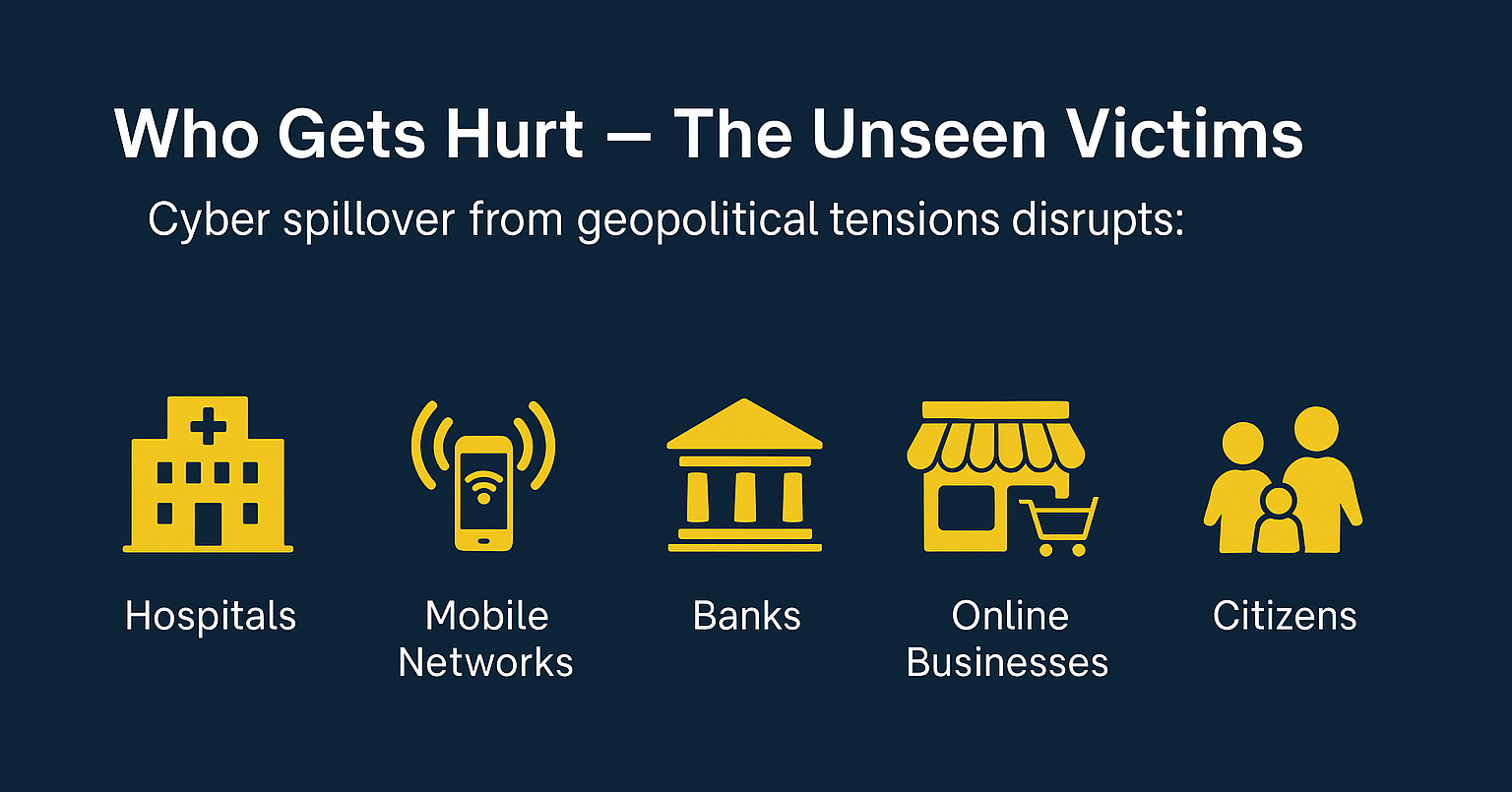
The Case for Cyber Resilience at the Edge
What protected the affected organizations in these cases wasn’t luck. It was preparation. Our regional partners, using Bastions-powered scrubbing centers, were able to:
- Detect threats at minute-level granularity
- Mitigate traffic locally, without relying on foreign clouds
- Preserve service continuity for customers, even in a politically sensitive environment
- Gather threat intelligence in real time for forensic learning
This kind of architecture is what resilient nations and critical service providers will increasingly need.
Not just for major DDoS waves.
Not just for cyberwar.
But for everyday continuity in a region where tension is always one headline away from becoming a disruption.
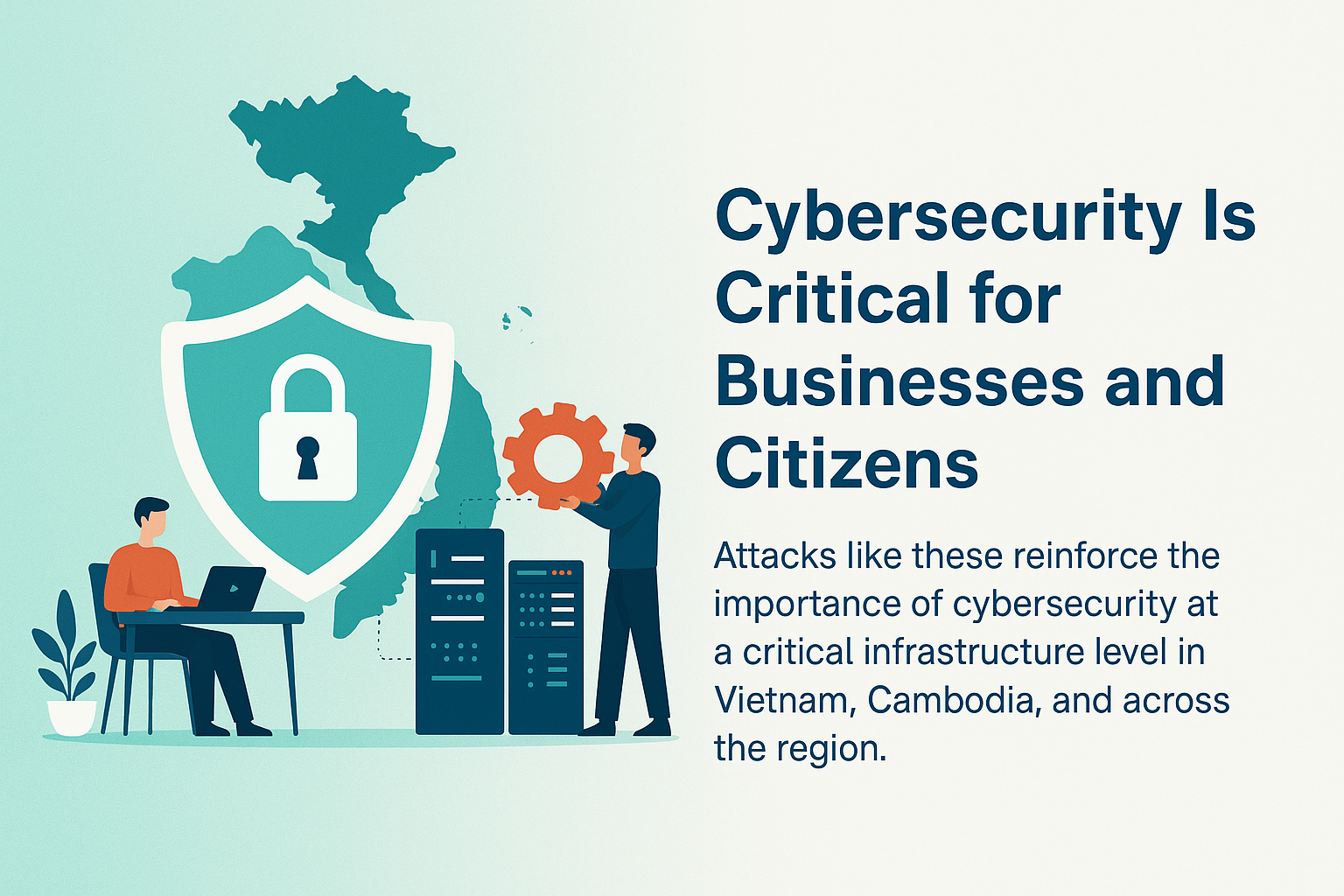
From Reactive Defense to National Preparedness
For governments, CSPs, and infrastructure providers, the takeaway is clear:
- Don’t wait for a megabreach to think about sovereignty in cyberspace
- Localize your defense posture so you’re not dependent on overseas decision-making
- Treat cyber resilience like energy security or physical border control — a matter of national infrastructure planning, not just IT policy
⸻
Final Thoughts
What happened in Indochina over the past month isn’t unique to that region. It’s a preview of how intertwined our physical, political, and digital realities have become.
Whether the cause is protest, conflict, or policy, the effect is often the same:
Disruption ripples across critical systems, and ordinary users suffer first.
The future of cybersecurity in this climate isn’t just about blocking bad traffic. It’s about ensuring continuity in chaos, autonomy in action, and resilience by design.
Nexusguard and our partners will continue to stand at the digital frontlines — not just to stop attacks, but to ensure networks stay strong when the world around them shakes.
Protect Your Infrastructure Today










